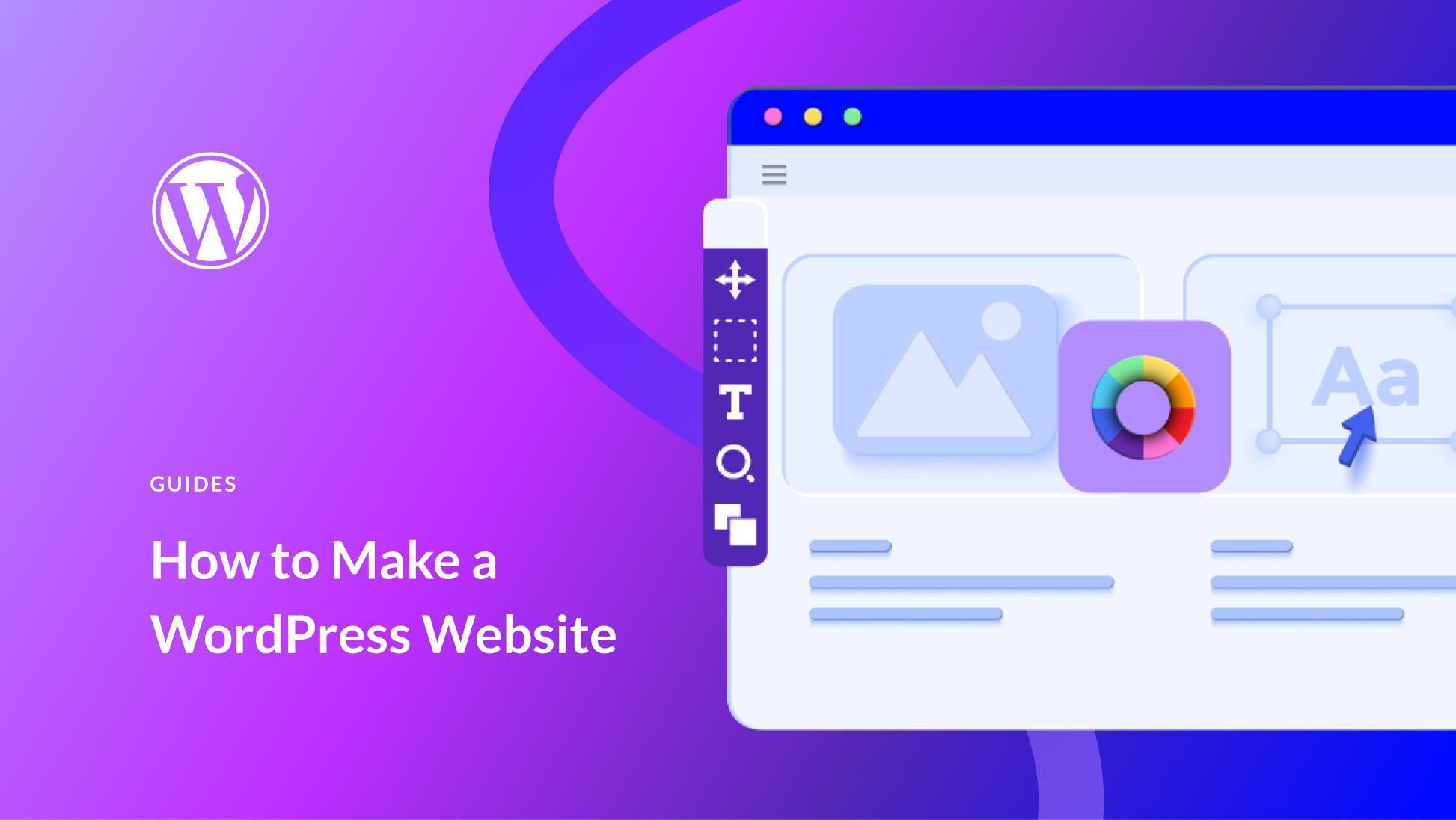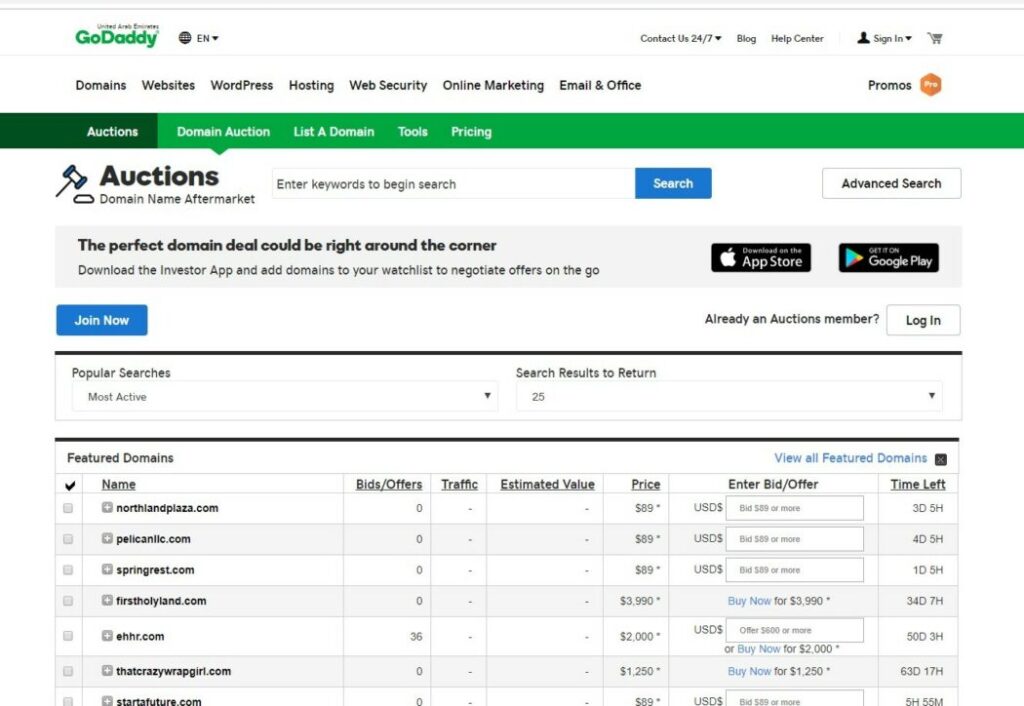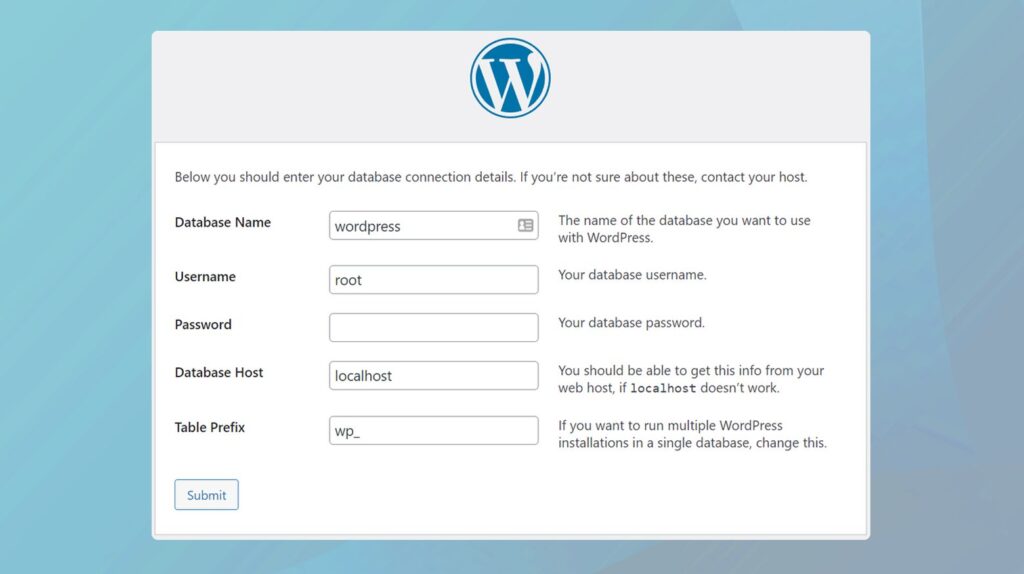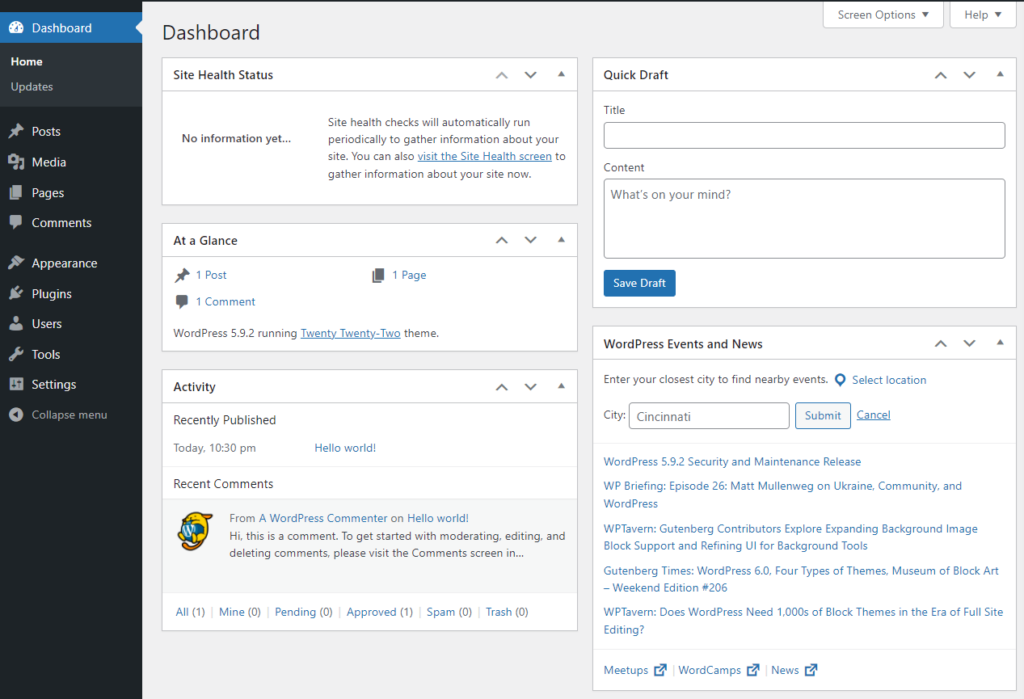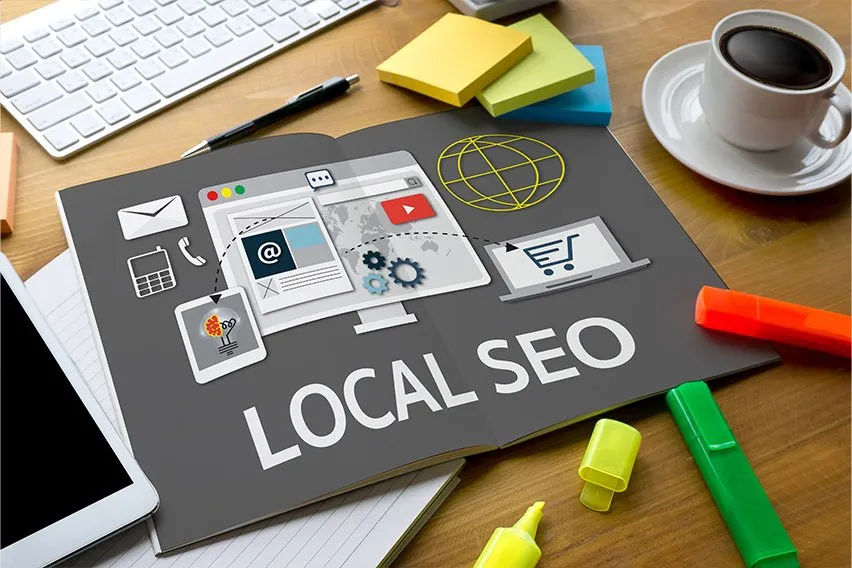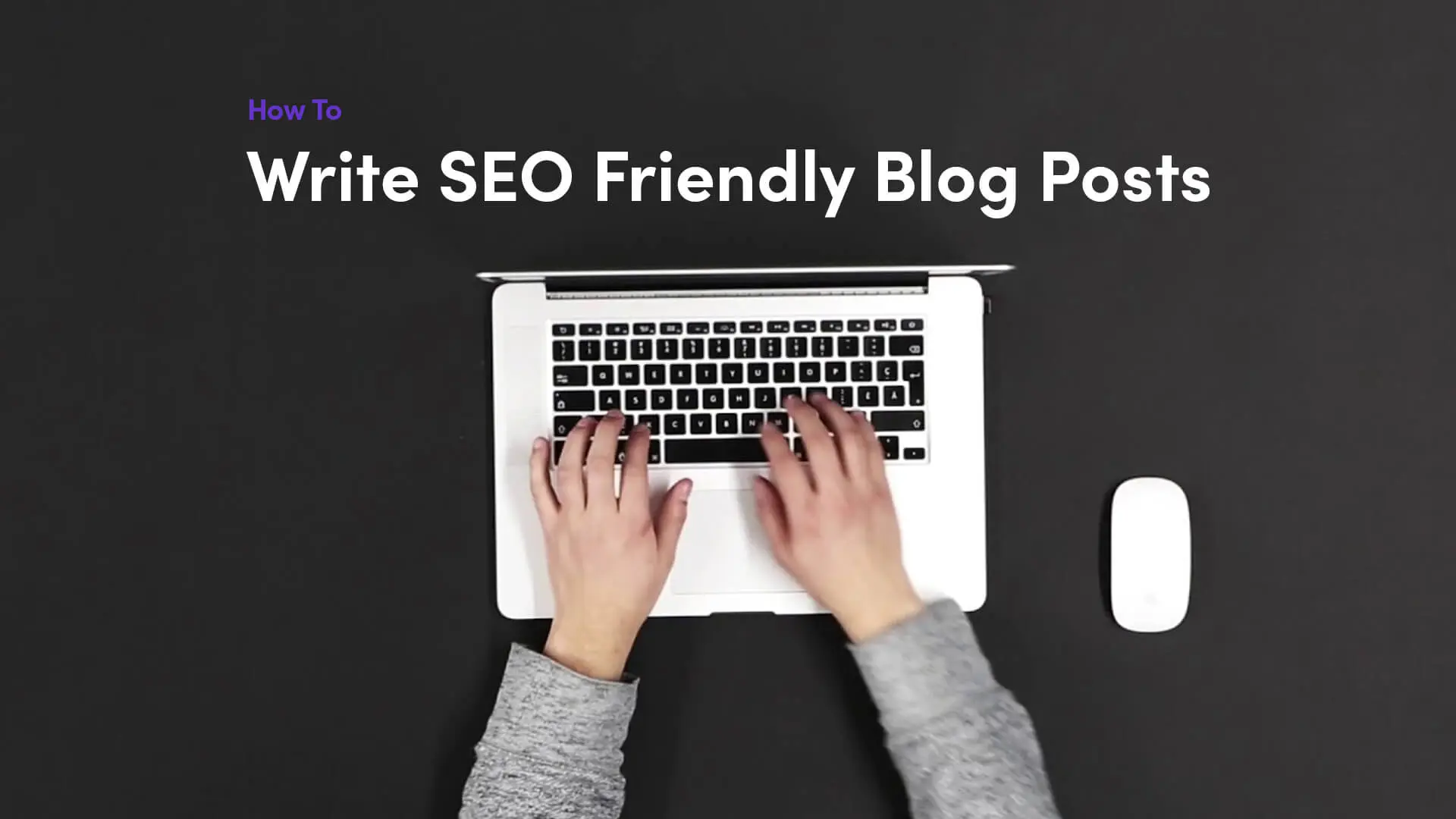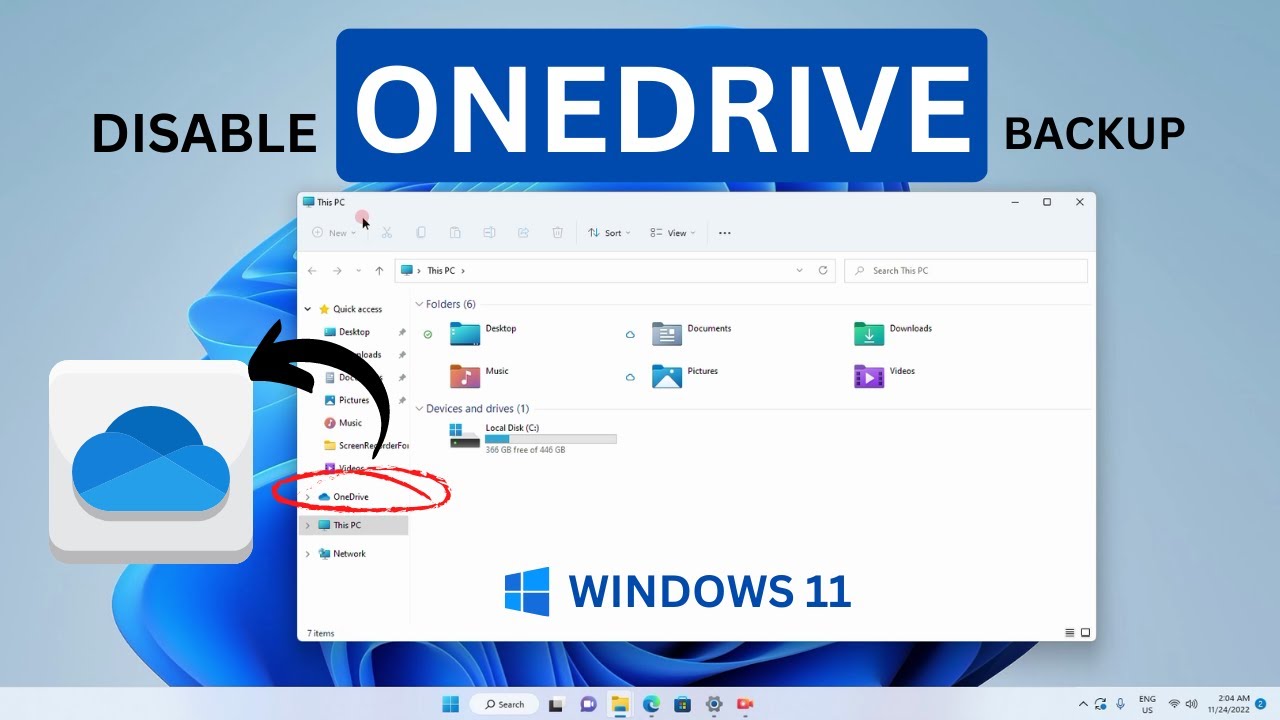Want to establish your online presence? Creating a website might sound technical, but with WordPress, it’s surprisingly accessible. Over the years, I’ve guided many individuals through this process, and I’ve seen firsthand how empowering it can be to build your own website. This guide will walk you through every step, ensuring you have the knowledge and confidence to get your site up and running.
Understanding WordPress: Two Flavors
Before we begin, it’s crucial to understand that there are two versions of WordPress:
- WordPress.com: This is a hosted platform. Think of it like renting a space where WordPress handles the technical aspects for you. It’s simpler to start but has limitations in terms of customization and control.
- WordPress.org: This is the self-hosted version. You download the WordPress software and install it on your own web hosting. This offers much greater flexibility and control over your website.
For this guide, we will focus on WordPress.org, as it provides the most power and freedom for building a professional website.
Step-by-Step Guide: Creating Your WordPress Website
Here’s a detailed breakdown of the process:
Step 1: Secure Your Domain Name and Web Hosting
Think of your domain name as your website’s address (e.g., yourwebsite.com) and web hosting as the server space where your website files will live. These are the foundational elements.
- Choose a Domain Name: Your domain name should be memorable, relevant to your website’s content, and easy to spell. Brainstorm a few options and check their availability through a domain registrar (like GoDaddy, Namecheap, or Google Domains). I’ve spent considerable time helping people find the perfect domain name – it’s a crucial part of your online identity!
- Select a Web Hosting Provider: You need a hosting provider to store your website files and make them accessible on the internet. There are various types of hosting available, including shared hosting, VPS hosting, and managed WordPress hosting. For beginners, shared hosting is often the most affordable and suitable option. Popular hosting providers include Bluehost, SiteGround, DreamHost, and WP Engine (for managed WordPress hosting). Look for features like one-click WordPress installation, good customer support, and reliable uptime. I’ve personally used several hosting providers over the years, and finding one with responsive support is invaluable, especially when you’re just starting.
- Purchase Your Domain and Hosting: Once you’ve chosen a domain name and hosting provider, you’ll need to purchase them. Many hosting providers offer to register a domain name for you when you sign up for a hosting plan, which can simplify the process.
Step 2: Install WordPress
Most reputable hosting providers offer a one-click WordPress installation feature, which makes this step incredibly easy. Here’s a general idea of how it works:
- Log in to your hosting account control panel (often cPanel or a similar interface).
- Look for a section labeled “WordPress,” “One-Click Installs,” or “Software.”
- Click on the WordPress installer.
- Follow the on-screen instructions. You’ll typically need to provide information like your desired website title, a username and password for your WordPress admin area, and the domain name where you want to install WordPress.
- Click “Install.”
The hosting provider will then automatically set up WordPress for you. Once the installation is complete, you’ll receive an email with your login details for your WordPress admin area.
Alternatively, you can manually install WordPress, although this is a bit more technical:
- Download the latest version of WordPress from the official WordPress.org website.
- Create a database on your hosting server.
- Upload the WordPress files to your server using an FTP client.
- Run the WordPress installation script by visiting your domain name in a web browser and follow the prompts.
For most beginners, the one-click installation is the recommended and easiest method.
Step 3: Familiarize Yourself with the WordPress Dashboard
Once WordPress is installed, you can access your website’s backend, known as the WordPress dashboard, by going to yourdomain.com/wp-admin (replace yourdomain.com with your actual domain name) and logging in with the username and password you created during the installation.
The dashboard is your central control panel. Take some time to explore the different sections:
- Posts: Where you’ll create and manage blog posts.
- Media: Your library for storing images, videos, and other media files.
- Pages: Used for static content like your “About Us” or “Contact” pages.
- Comments: Where you can manage comments left by visitors on your posts.
- Appearance: This section allows you to manage your website’s design through themes and customize it further.
- Plugins: Extend the functionality of your WordPress website by installing plugins.
- Users: Manage user accounts for your website.
- Tools: Contains various utilities for managing your WordPress site.
- Settings: Configure various aspects of your WordPress website, such as the site title, tagline, time zone, and permalinks (the structure of your website’s URLs). I always recommend setting up permalinks to be “Post name” for better SEO.
Step 4: Choose and Install a Theme
A WordPress theme controls the visual design of your website. There are thousands of free and premium themes available.
- Browse Themes: In your WordPress dashboard, go to Appearance > Themes. You’ll see a few default themes installed. Click on the “Add New” button to browse more themes from the WordPress.org theme directory. You can filter themes by popular, latest, features, and subject. I’ve spent hours exploring different themes to find the perfect fit for various projects.
- Preview Themes: Before installing a theme, you can preview it to see how it would look with your content.
- Install a Theme: Once you find a theme you like, click the “Install” button.
- Activate a Theme: After installation, click the “Activate” button to make the theme live on your website.
For beginners, I often recommend starting with a lightweight and versatile theme like Astra, OceanWP, or GeneratePress, as these offer a good foundation and are highly customizable.
Step 5: Install Essential Plugins
WordPress plugins are like apps for your website. They add extra features and functionality without requiring you to write any code. There are plugins for almost anything you can imagine, from contact forms to SEO optimization.
- Browse Plugins: In your WordPress dashboard, go to Plugins > Add New. You can search for plugins based on keywords or browse popular and recommended plugins.
- Install a Plugin: Once you find a plugin you want to use, click the “Install Now” button.
- Activate a Plugin: After installation, click the “Activate” button to enable the plugin.
Some essential plugins that I often recommend include:
- Yoast SEO or Rank Math: For optimizing your website for search engines.
- Contact Form 7 or WPForms: To create contact forms for your website.
- Akismet Anti-Spam: To help prevent comment spam.
- UpdraftPlus or BackupBuddy: For backing up your website regularly. This is something I cannot stress enough – always have a backup!
- A security plugin like Wordfence or Sucuri Security: To protect your website from malware and other threats.
Step 6: Create Your Website Content
Now for the most important part – adding your content!
- Create Pages: Go to Pages > Add New to create static pages like your homepage, about us page, contact page, services page, etc. Use the WordPress editor to add text, images, and other media. I always advise starting with a clear structure for your key pages.
- Write Blog Posts: If you plan to have a blog section, go to Posts > Add New to create blog posts. You can categorize and tag your posts to organize them.
- Organize Your Content: Use menus to help visitors navigate your website. Go to Appearance > Menus to create and manage your website’s navigation menus. You can add pages, posts, and custom links to your menus.
The WordPress editor (Gutenberg) uses blocks to create content. You can add various types of blocks, such as paragraphs, headings, images, videos, lists, and more. Explore the different block options to create engaging content.
Step 7: Customize Your Website’s Appearance
Most themes offer customization options that allow you to change things like colors, fonts, layouts, and more.
- Go to Appearance > Customize in your WordPress dashboard. This will open the WordPress Customizer, where you can see live previews of your changes.
- Explore the different customization options available for your theme. These options will vary depending on the theme you’ve chosen.
Step 8: Test and Launch Your Website
Before making your website public, thoroughly test it on different devices and browsers to ensure everything looks and functions correctly.
- Check all your pages and posts.
- Test your contact forms.
- Make sure your navigation menus are working correctly.
- Check for any broken links or images.
Once you’re satisfied with your website, it’s time to launch it! Your website should now be accessible to the world through your domain name.
Advanced Tips and Considerations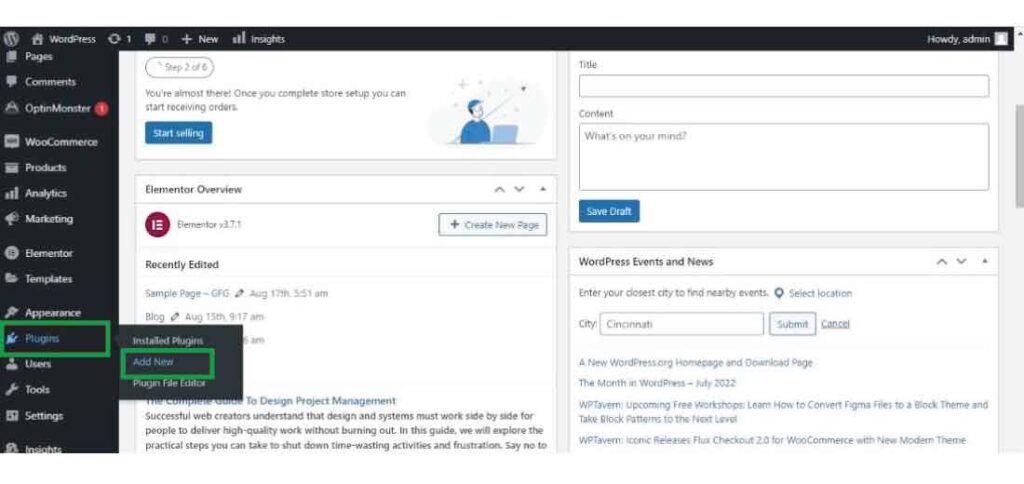
- SEO Optimization: Use SEO plugins like Yoast SEO or Rank Math to optimize your content for search engines. This includes using relevant keywords, writing compelling meta descriptions, and ensuring your website is mobile-friendly.
- Website Security: Regularly update your WordPress core, themes, and plugins to the latest versions to patch security vulnerabilities. Use strong passwords and consider implementing additional security measures like two-factor authentication.
- Website Performance: Optimize your images, use a caching plugin, and choose a reliable hosting provider to ensure your website loads quickly. Website speed is crucial for user experience and SEO.
- Mobile Responsiveness: Ensure your chosen theme is mobile-responsive, meaning it adapts well to different screen sizes (desktops, tablets, and smartphones). Most modern themes are responsive by default.
My Personal Journey with WordPress
I’ve personally used WordPress for countless projects, from simple blogs to complex e-commerce websites. Its flexibility and vast ecosystem of themes and plugins make it an incredibly powerful platform. While the initial setup might seem like a lot of steps, each one is manageable, and the result – your own website – is well worth the effort. Don’t be afraid to experiment and explore the many possibilities that WordPress offers. Creating a website with WordPress is an achievable goal for anyone, regardless of their technical skills. By following these steps and taking your time, you’ll be able to build a professional and engaging online presence. Good luck with your website creation journey!

